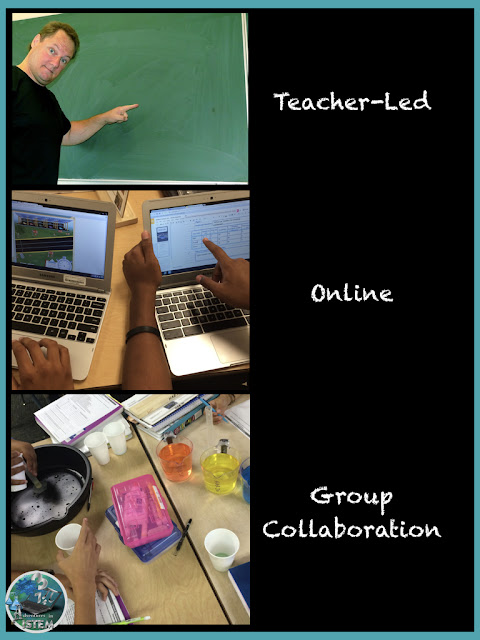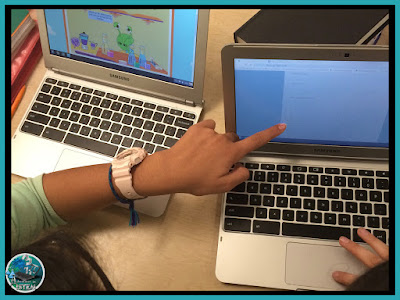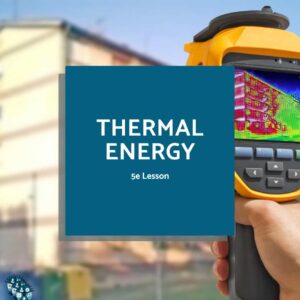Blended learning is where you combine the benefits of online learning with traditional teaching. Students learn part of the information online and part of it through interactions with the teacher and fellow students. The purpose of blended learning is to increase student ownership of how they learn. Technology and devices are not used to do the same work they would have done on paper but are now doing online, like writing up a lab report. Instead, technology is used to personalize instruction where students have some control over where, how, and what they learn. There are four different models of blended learning: Rotation, Flex, A La Carte, and Enriched Virtual Model.
The Rotation model includes Station Rotation (Science Stations), Lab Rotation, Flipped Classroom, and Individual Rotation. With the rotation model, students will learn most of the information at school through different modalities, one of which is online. This post focuses on the Station Rotation model.
How to set up your science stations?
Some teachers design each station so that they only take 10-15 minutes to complete and the students then rotate through all three stations in one day.
I have found that my middle school students do better with stations that take 30 minutes to complete and focus on one station per day.
Most of my students have English as their second language so I also discovered that they do better when they work in groups of 2-4. This way they always have someone to discuss the information and problem solve with.
I feel the main point of blended learning is for students to take charge of their learning and letting them collaborate with other students during each investigation helps them achieve that goal.
Online Station
At this station, students will learn about the topic using technology. I like to have them do an investigation during this station.
There are great websites that offer free online labs that I create simple guided instructions for my students to follow and complete the lab.
I have also created pictures with hyperlinks that direct them to websites or videos for them to learn about. And I have created digital notebooks that help them investigate the information.
Group Collaboration Station

At this station students work together in groups to complete a task. This is where I like to incorporate hands-on investigation activities.
It is also a great station to have them do jigsaw readings and then create a group poster on the information. You want it to be a station where they need to work together to complete it.
Teacher-Led Station
This is when direct instruction can occur. You could use the same lesson for each group or differentiate the lesson slightly depending on which group you have.
I like to use this time to challenge my advanced learners and do extra practice for my struggling learners.

How to set up your Groups?
For example, I might just put them in groups based on their last names if I feel that they all have them same general background of the topic.
If the topic is more math based however, I would place them in groups based on their math ability so that I can challenge some groups and help with the basics with other groups during the teacher-led station.
Grading the Science Stations
My students put all their information for their stations into their notebooks. I can quickly look through their notes to see if they were on task and if they got the basic ideas.
To make it easier on myself, while they are doing their daily warm ups I have them open their notebooks to the station they were working on the day before. Within a few minutes I have written a rubric score at the top of their page and I also have a general idea about what I need to cover in class once the science stations are complete.
This also shows the students that they are being held accountable each day during the activities.
If you are looking for inspiration on what a science station would look like and step-by-step instructions for each station, click HERE.
Click the links for more information on Why you should do blended learning in your science classroom and what flipped learning







